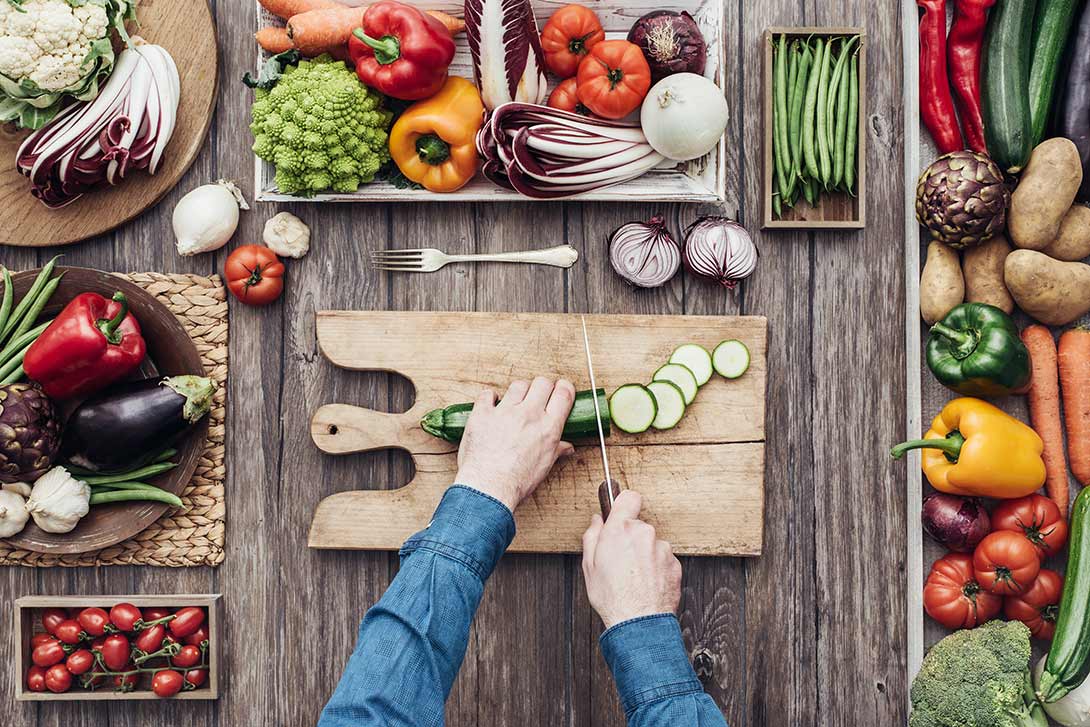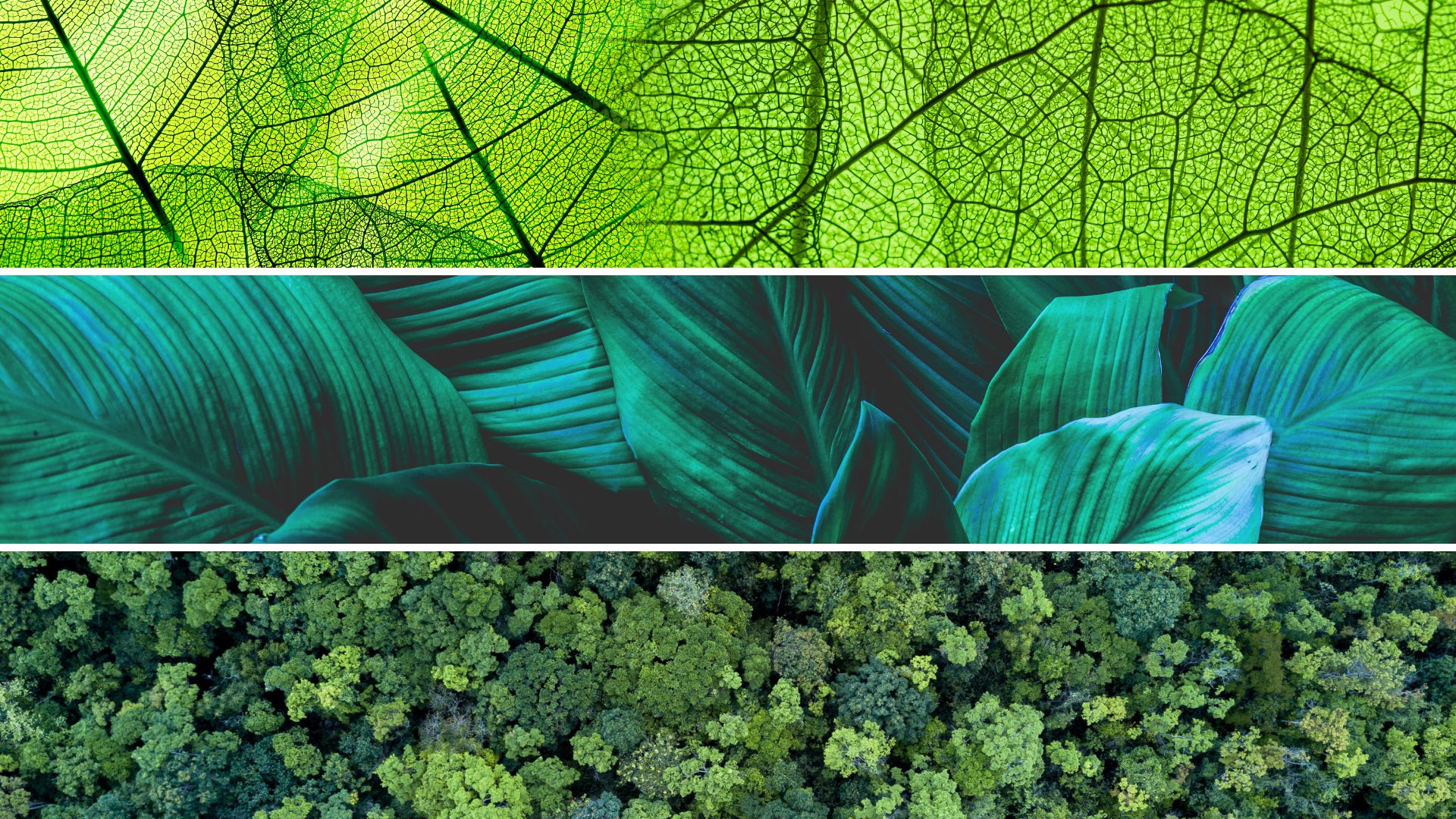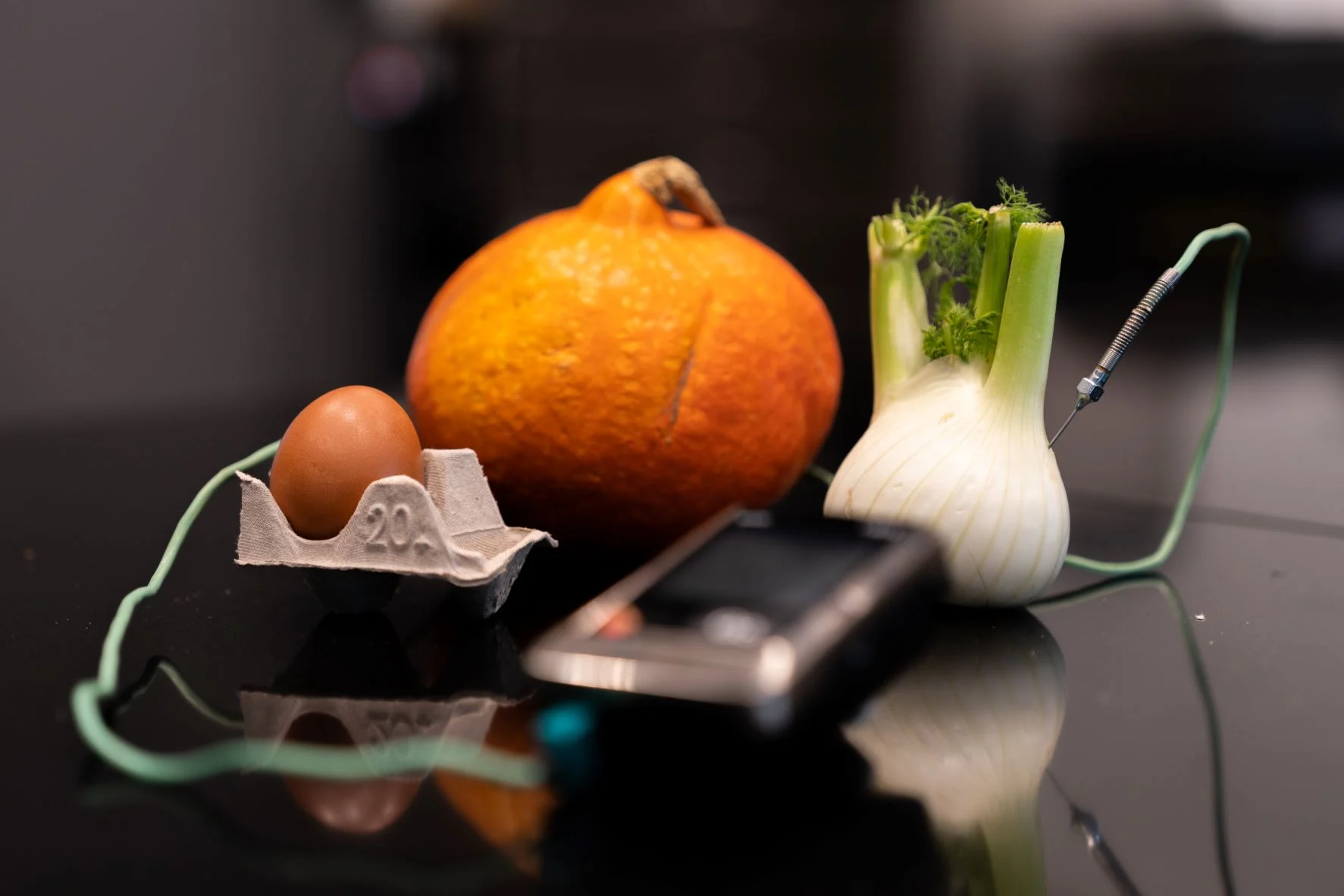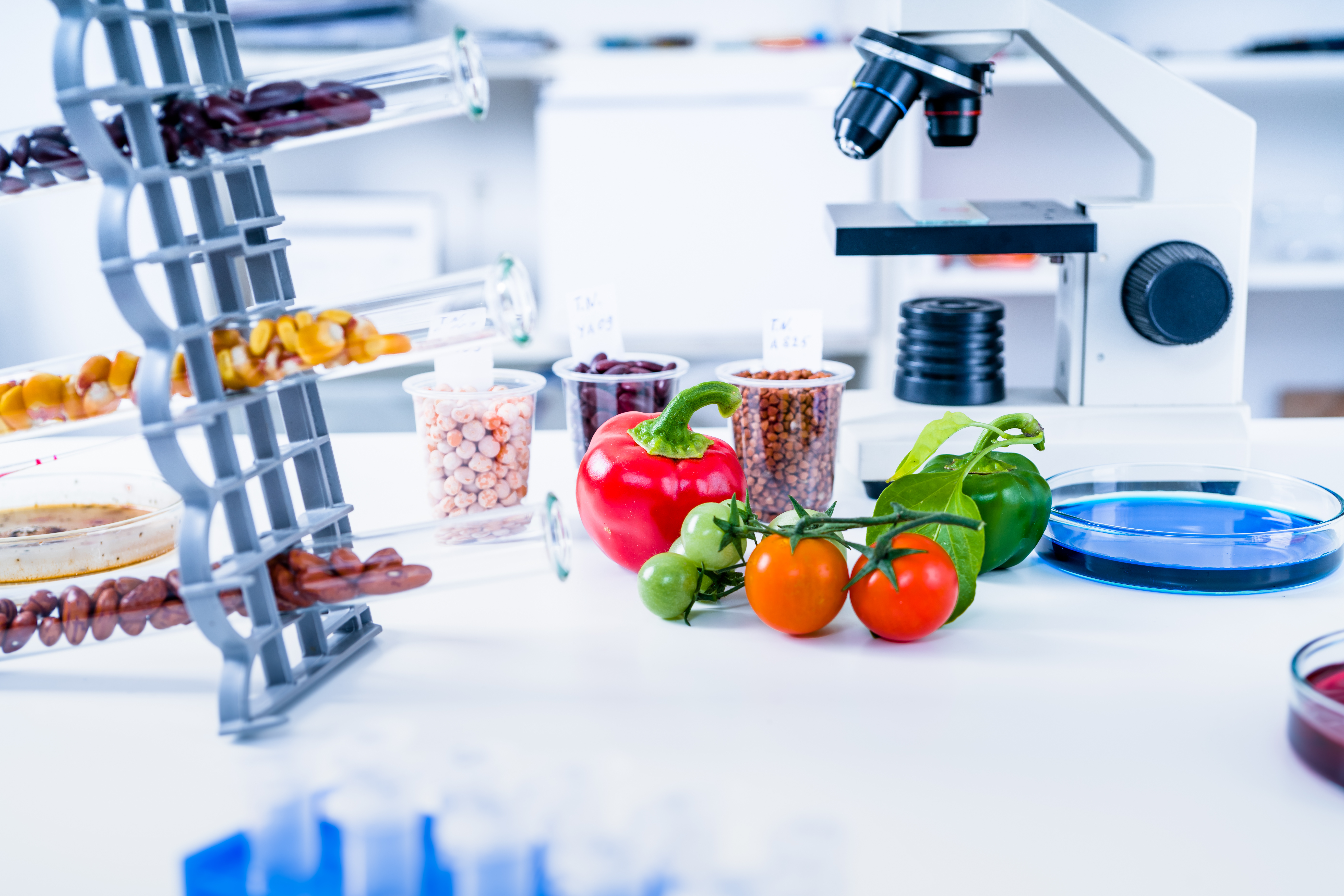Unveiling the World of Home Cooking: Trends, Techniques & Benefits


The daily cooking routines of households remain something of a mystery, yet it is understood that these behaviors are shaped by more than just culinary expertise. Factors like gender, personal connections, time constraints, work, ethnicity, and culture also play significant roles. Studies emphasize the favorable outcomes of home cooking, especially its health advantages, but it is also worth highlighting its influence on broader social aspects. The practice of home cooking is in a state of continual flux, undergoing shifts that have been further accelerated by the Covid-19 pandemic, giving rise to fresh industry trends and alterations. Thus, the EHL Institute of Nutrition R&D aims to explore this subject.

The vision of the EHL Institute of Nutrition R&D is to apply nature-inspired designs to tackle nutrition challenges. Its main model when conducting prototyping, user testing activities and research on food and nutrition-related topics is nature. Biomimicry is an approach to innovation that seeks solutions to human challenges by emulating nature’s time-tested patterns and strategies. In essence, we can learn important lessons of history from nature to help us develop a regenerative and resilient socioeconomic approach based on systems thinking and sustainability to ensure future generations' wellbeing and survival.

Si les œufs sont souvent indispensables en cuisine pour les sauces ou les gâteaux, à eux-seuls ils sont aussi des mets incontournables. Encore faut-il savoir comment les cuire, les préparer et les sublimer…
Œufs à la coque, mollets, mimosa : ce matin, notre invité Cyrille Lecossois, maître d’enseignement à l’école hôtelière de Lausanne nous explique comment les cuisiner et nous propose trois recettes.

When a cooking method rhymes with taste, health and efficiency, it opens up countless opportunities for foodservice professionals and amateurs alike. In 12 questions and answers, this article gives you the keys to understanding and mastering sous-vide cooking at a precise temperature.

Sur les hauteurs de Lausanne, l’Ecole hôtelière et Nestlé mènent des expériences sur de nouveaux aliments qui pourraient arriver sur les étals. Une collaboration qui s’inscrit dans le projet de la Swiss Food and Nutrition Valley.
Veste blanche pour les chefs de l’EHL Hospitality Business School, veste noire pour ceux de Nestlé. Dans les cuisines d’application du campus flambant neuf de l’école, inauguré en juillet dernier, des cuisiniers des deux entités s’affairent pour une démonstration de leur travail commun sur l’innovation alimentaire. Le géant veveysan et l’école travaillent ensemble depuis plusieurs années. Une collaboration d’autant plus facile que les bâtiments de l’EHL se situent à quelques minutes seulement du Centre de recherche de Nestlé à Vers-chez-les-Blanc.

To fully comprehending the meaning of biomimicry and its aspects, it helps understand some existing solutions that have been applied to very specific problems. A very famous example of biomimicry in action is the Shinkansen Japanese high speed bullet train, which prior to taking inspiration from nature, produced a loud sound when leaving tunnels due to the change in air pressure. The challenge was to find a way for the train to travel more quietly without sacrificing speed or using more energy. The chief train engineer, whose passion was bird watching, noticed how kingfishers can dive into the water without creating any splash. He, therefore, decided to design the train to look more like this bird. His design solved the noise issue, cut electricity usage by 15%, and increased speed by 10%.

'Bio' means living organism; 'mimicry' means to imitate. Biomimicry is thus the practice of imitating life and nature. Its aim is to draw inspiration from nature's engineering in order to solve the world’s most pressing challenges and ensure a sustainable future for all life on earth.
According to the Biomimicry Institute, biomimicry can be defined as “an approach to innovation that seeks sustainable solutions to human challenges by emulating nature’s time-tested patterns and strategies. The goal is to create products, processes, and policies—new ways of living—that are well-adapted to life on earth over the long haul.”
Biomimicry is a process based on the observation of our planet and its 3.8 billion years of evolution and development. Historically, biological organisms (animals, plants, microbes) have been able to develop strategies to survive, optimize their organization and functioning, and adapt their form to their function. As noted by the American biologist Janine Benyus, a renowned specialist in biomimicry: “Nature has already solved all the challenges we face. Failures have become fossils, and what surrounds us is the key to survival ”. Benyus was the first scientist to pioneer the notion of biomimicry in the late 1990s by developing the basic premise that human beings should consciously emulate nature's ways when looking for solutions to their problems, products and policies.

A closer collaboration between Nestlé and Ecole hôtelière de Lausanne (EHL Group) will see the world’s largest food company and its leading international hospitality management institution further combine their scientific and culinary expertise to accelerate innovation.
In the spirit of open innovation, both parties will enroll their creative talents in a joint program to translate scientific discoveries into prototypes and new recipes for Nestlé’s research or R&D Accelerator projects. In addition, EHL faculty and Nestlé Research scientists will collaborate on scientific publications.

In January 2021, the EHL Institute of Nutrition R&D was launched by Dr Inès Blal (Co-Director of the Institute), Patrick Ogheard (Co-Director) and Cyrille Lecossois (Manager). It is one of EHL’s applied research institutes and as such, its objective is to put EHL expertise at the service of applied research by offering a unique set of deliverables to its sponsors.
The mission of the EHL Institute of Nutrition R&D is to develop cutting edge solutions in food and kitchen management for healthier food with a positive social and ecological impact. The three founders envision that a multi-disciplinary approach bridging biomimicry, science, management, and culinary expertise is critical to the future of Nutrition and F&B solutions.

© 2026 EHL Holding SA, Switzerland. All rights reserved.